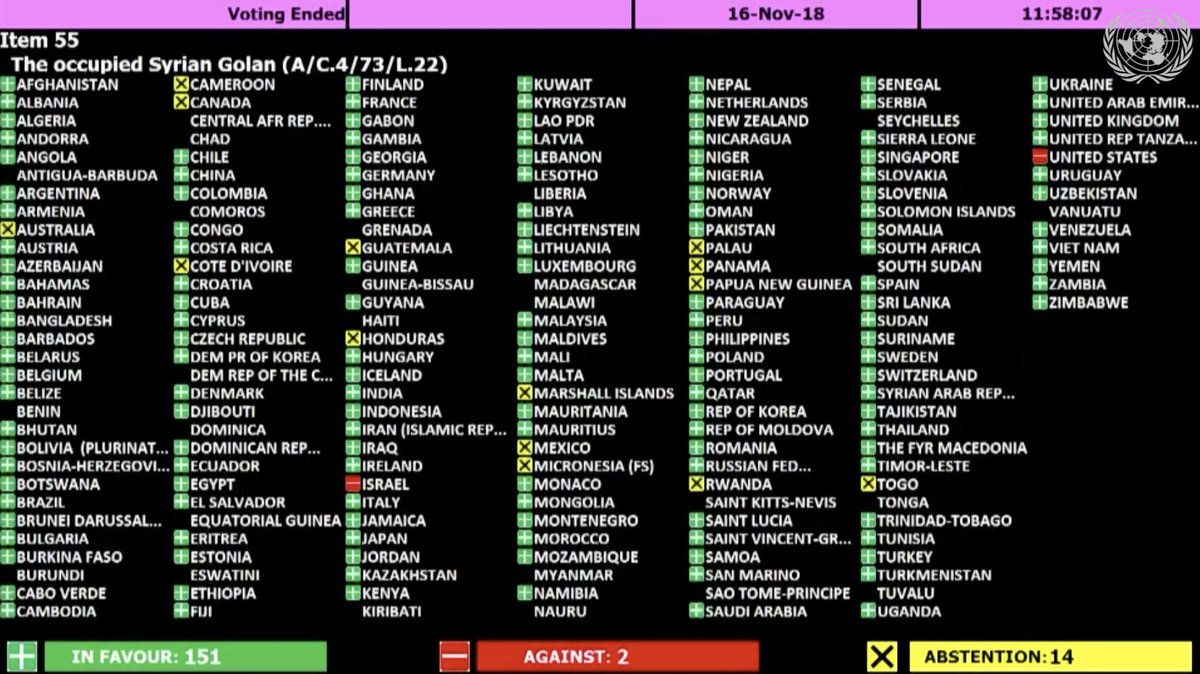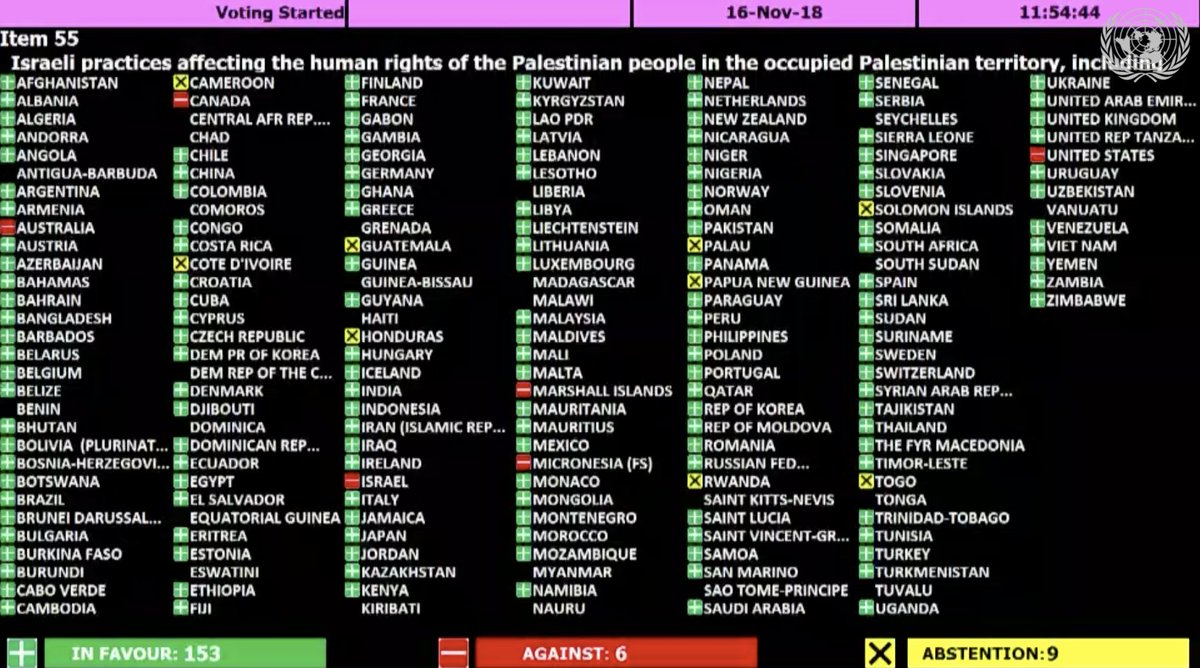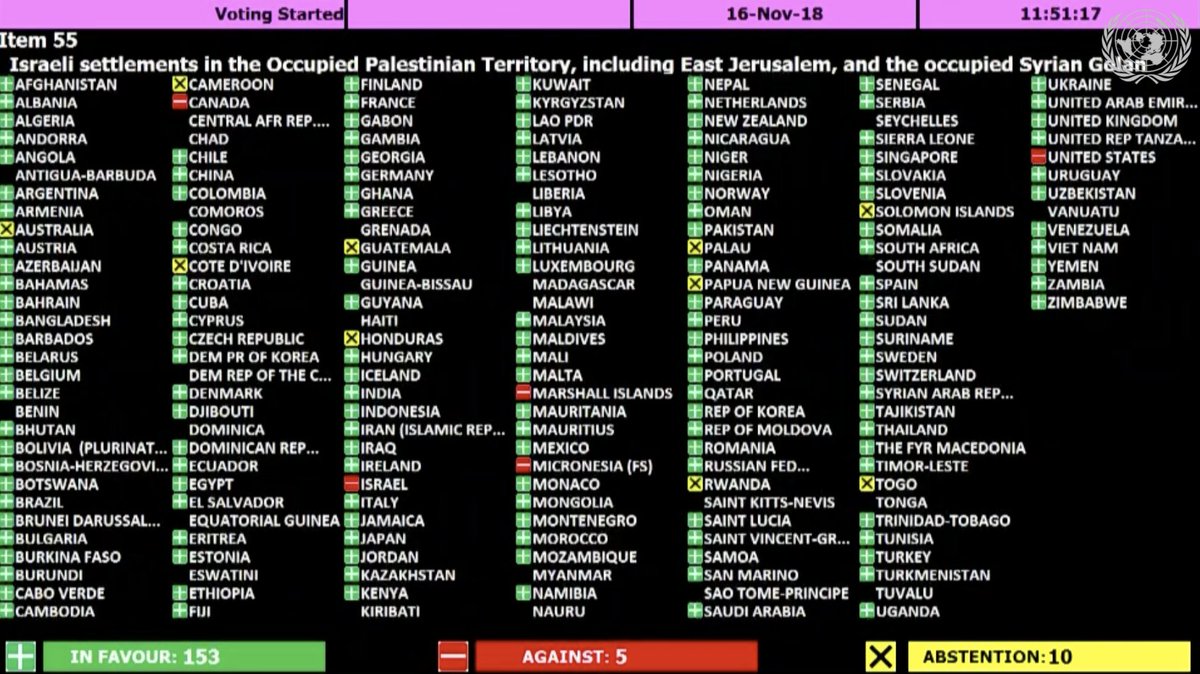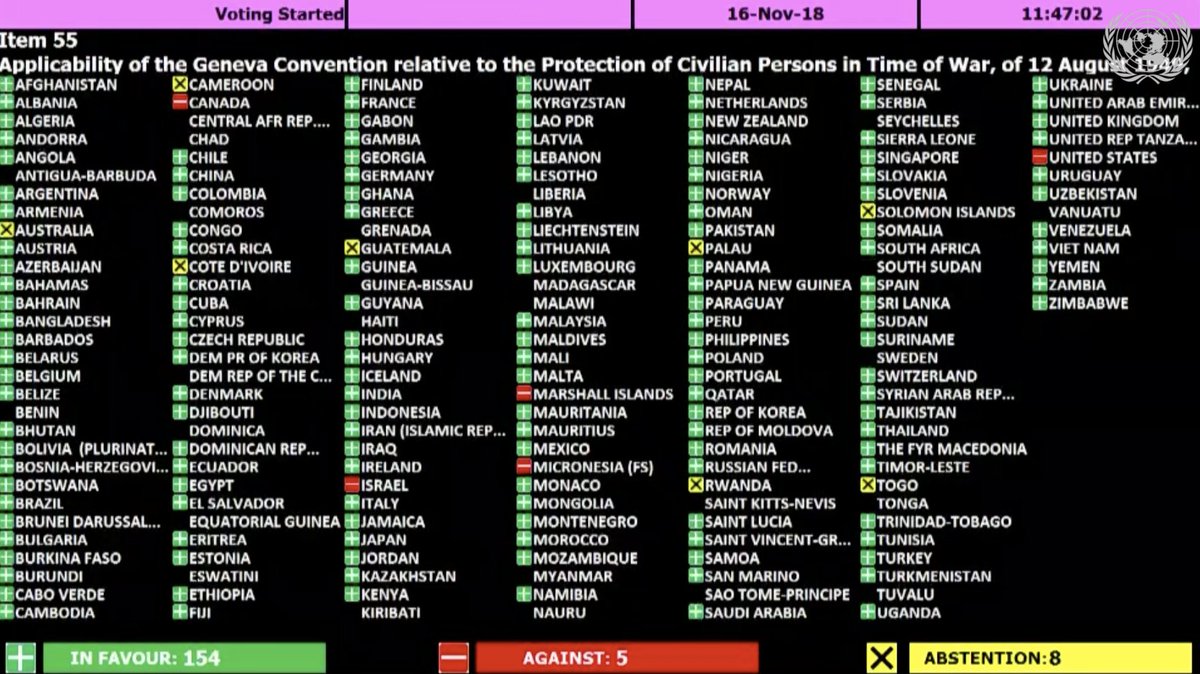We're looking forward to hearing responses to the roadmap's presentation by members of the Leeds Citizens' Jury, Polly Cook of Leeds City Council,
@SimonBowens of Friends of the Earth and Elizabeth Edgington of
@BITC #LeedsClimate #PCANcities
2/
Leeds’ carbon footprint has gone down: between 2000-2019 emissions fell by 40% (largely due to national decarbonisation of the grid).
Our share of the global carbon budget in 2020 is 31m tonnes; at ca. 4m tonnes a year, that’s used up by 2029
#LeedsClimate #PCANcities
3/
During lockdown #1, emissions were ca. 43% lower – overall, in 2020, they were ca 13% lower than normal. Sounds encouraging, but this only delays the point we eat up our carbon budget by 2 months!
#LeedsClimate #PCANcities
4/
Following science-based targets, Leeds needs to make 70% reductions by 2025 – which means another 25% reduction in emissions in the next 4-5 years.
We need to accelerate significantly!
#LeedsClimate #PCANcities
5/
Our report looks at Scope 1 & 2 emissions, but when you take in to account Scope 3 (net carbon from consumption and longer distance travel, inc aviation) the challenge is even greater: flights taken by Leeds residents add ca. 21% to the existing baseline.
#LeedsClimate
6/
How can we get to net-zero? The roadmap shows a range of cost-effective, cost-neutral and tech viable measures but this still leaves 40% gap…
#LeedsClimate #PCANcities
7/
Homes and transport dominate the top-ten list of cost-effective options.
#LeedsClimate #PCANcities
8/
Doing the cost-effective options would require £600m investment per year thru 2020s but would cut Leeds’ 2030 energy bill by ££651m a year and create getting for 15,000 years of extra employment.
This would close the gap by 41% …
#LeedsClimate #PCANcities
9/
Cost neutral and technically viable options get more expensive - from £900m a year up to £1.1m a year - but they would help to close the gap up to 60%.... That still leaves 40% gap to close....
#LeedsClimate #PCANcities
10/
To achieve Leeds' 2030 climate emergency target, we need to look at other innovative or 'stretch' measures.
That's ALOT of tree-planting, among other measures like hydrogen-based heating, electrification of domestic cooking, and more.
#LeedsClimate #PCANcities
11/
The 'Mind the gap' graph, showing the impact that the various options have on Leeds' carbon footprint.
You can download the roadmap here:
https://t.co/koiFvBkwR6 #LeedsClimate #PCANcities
12/








